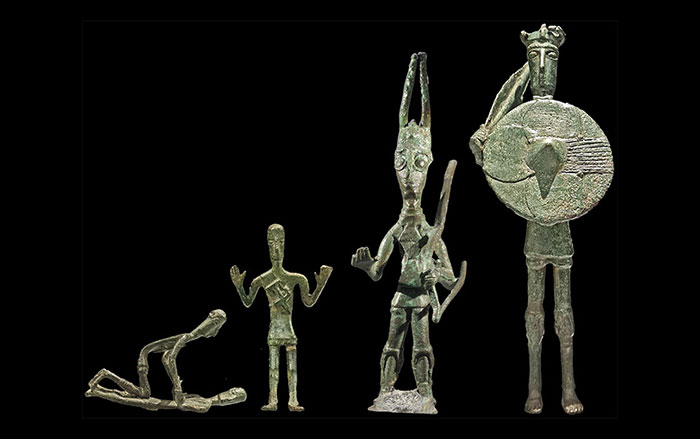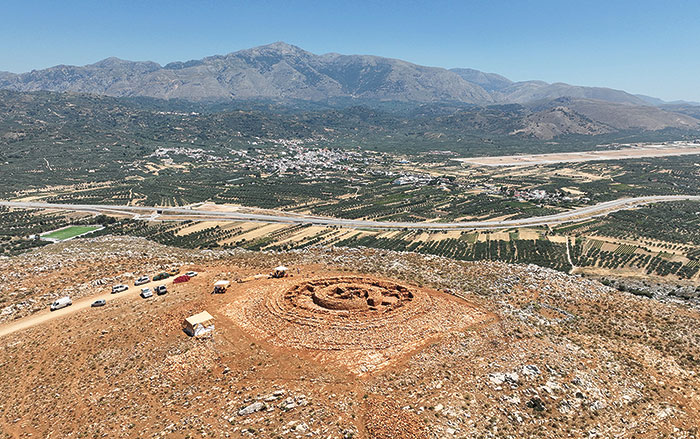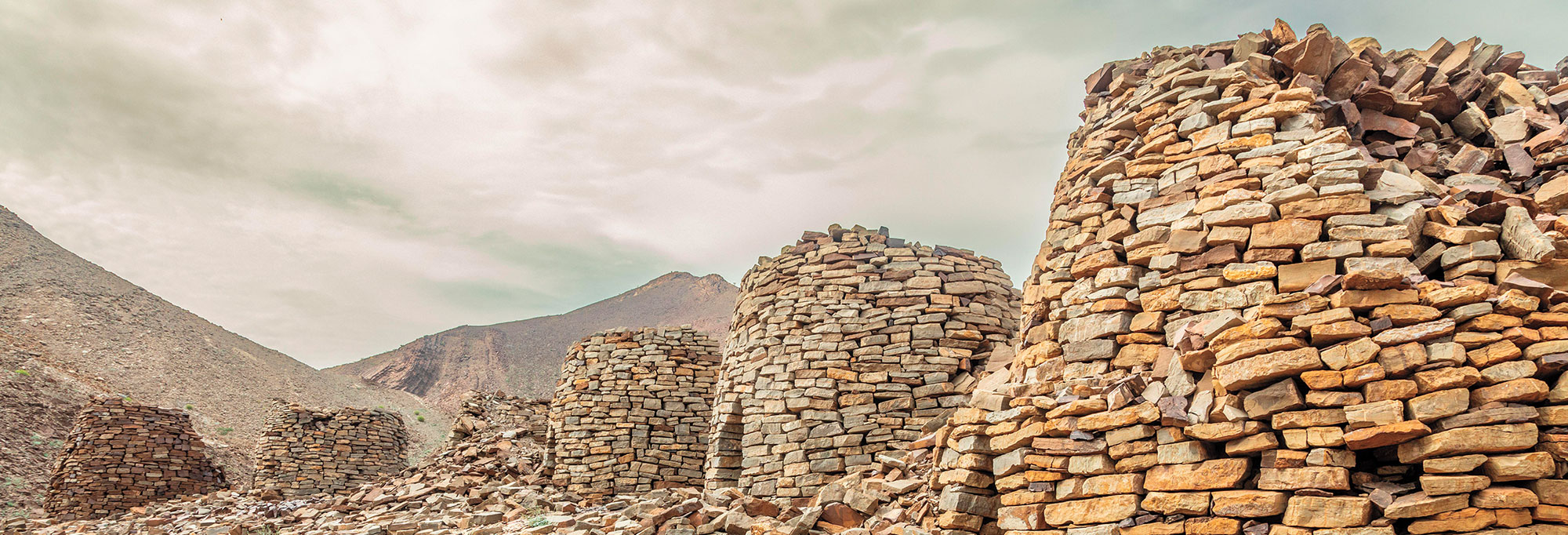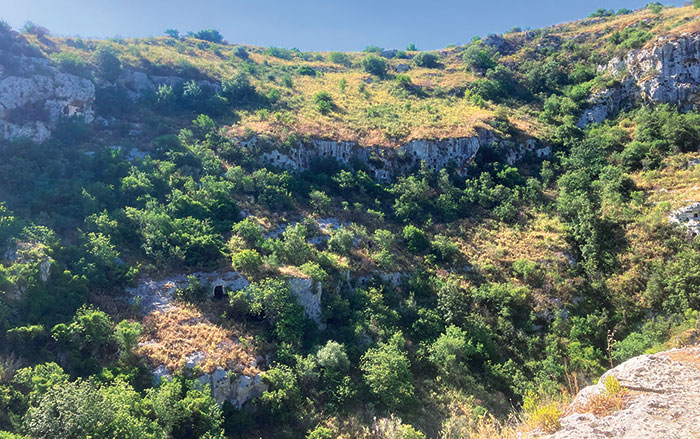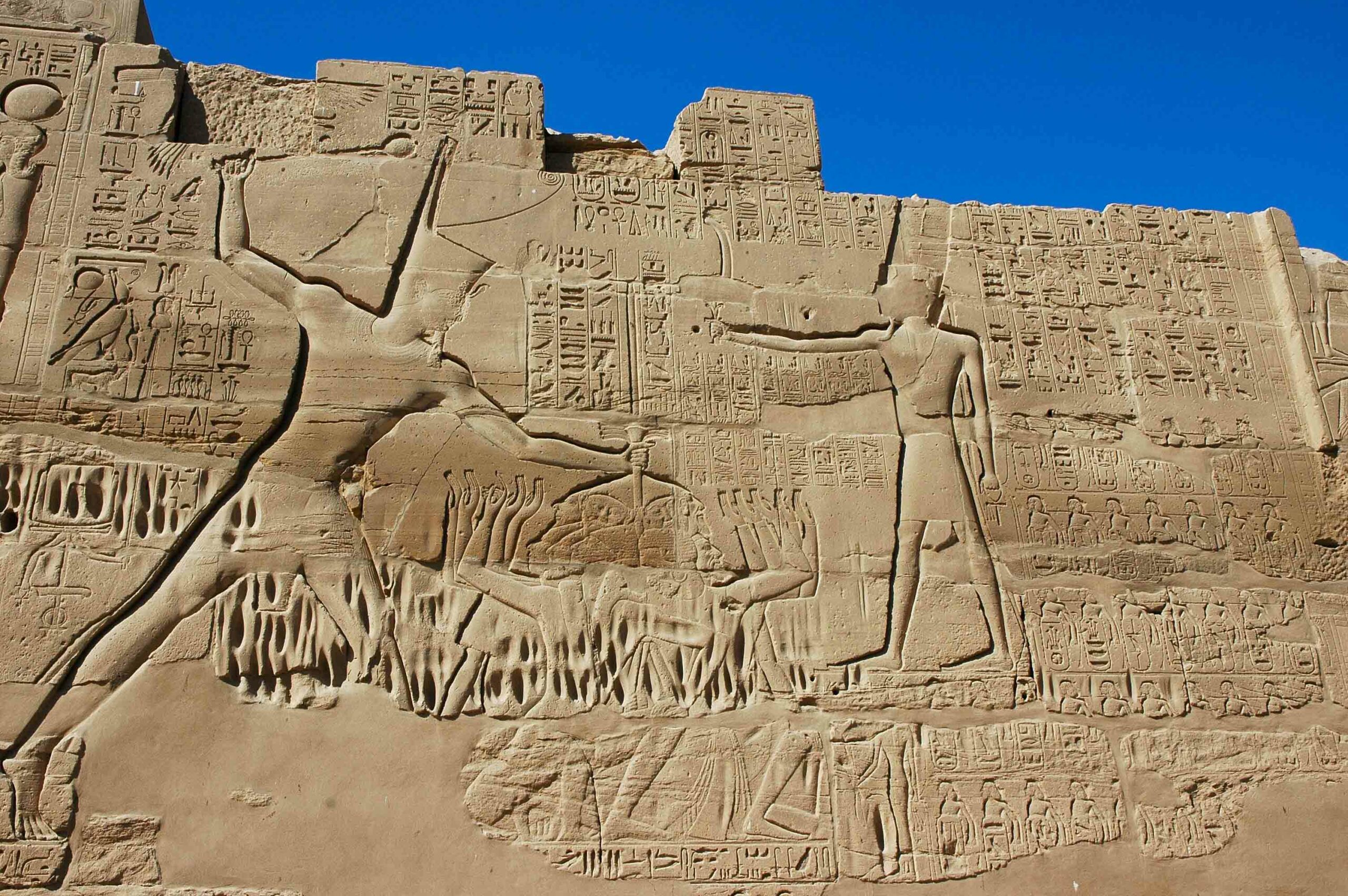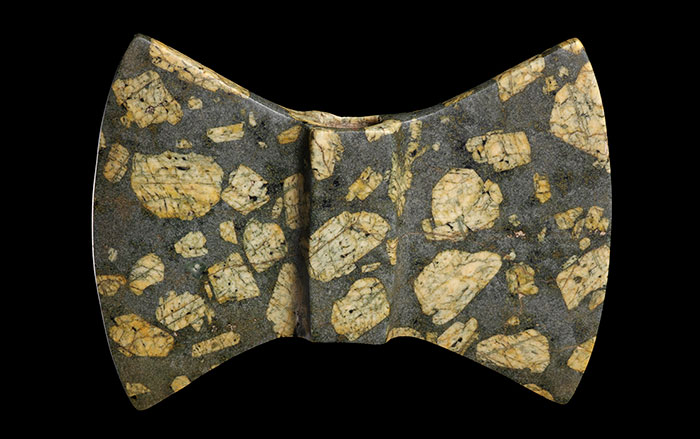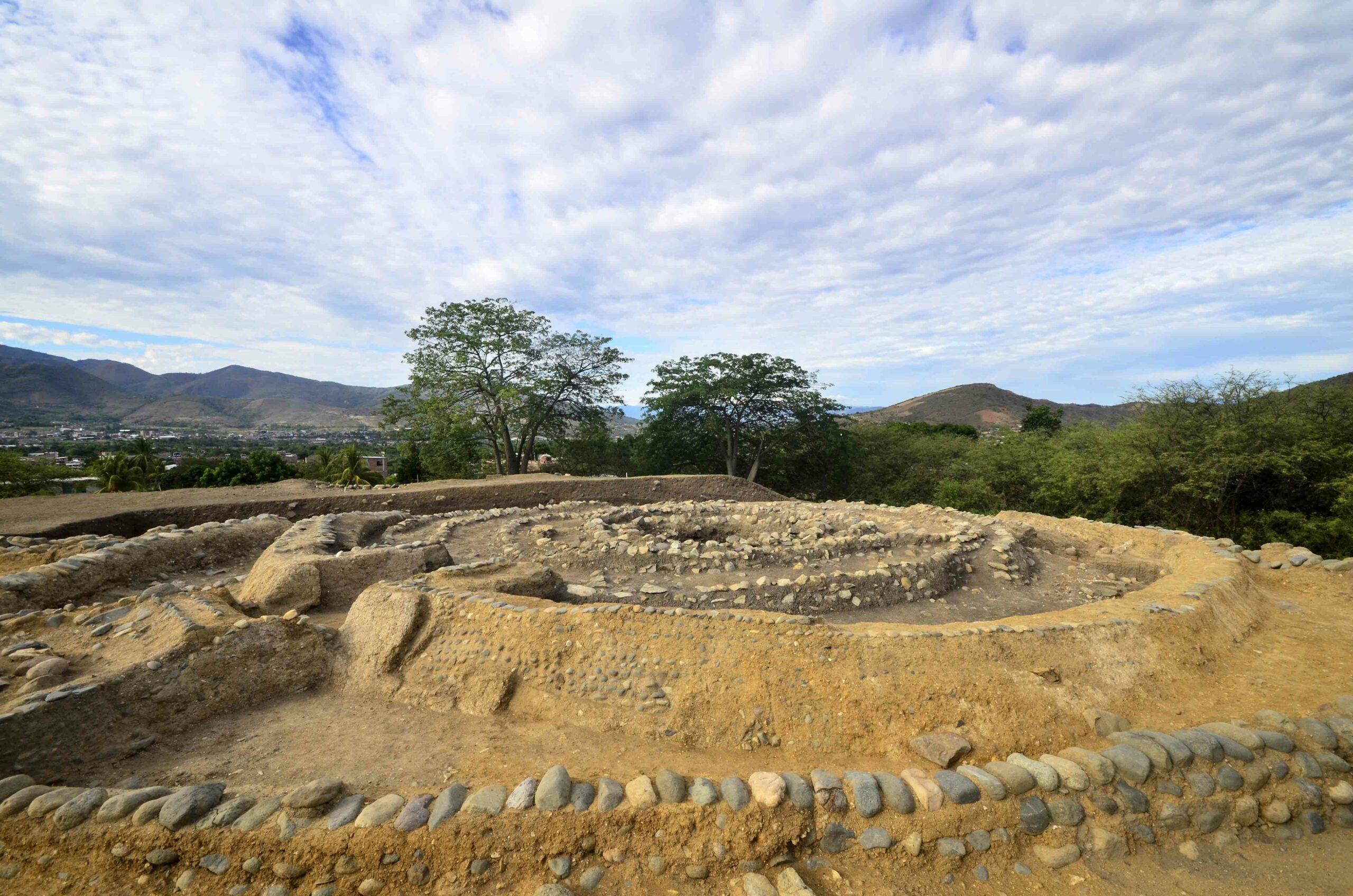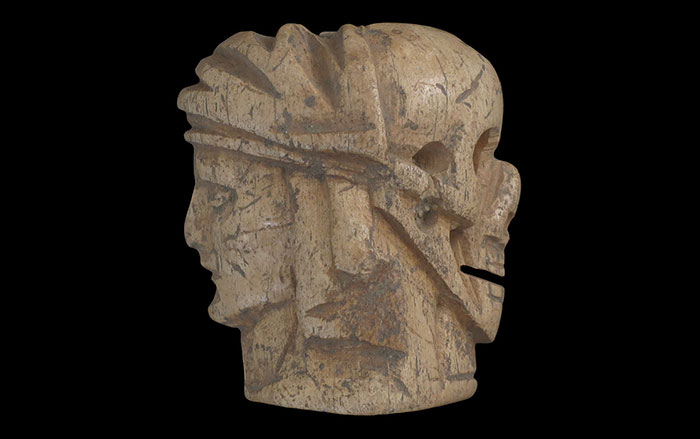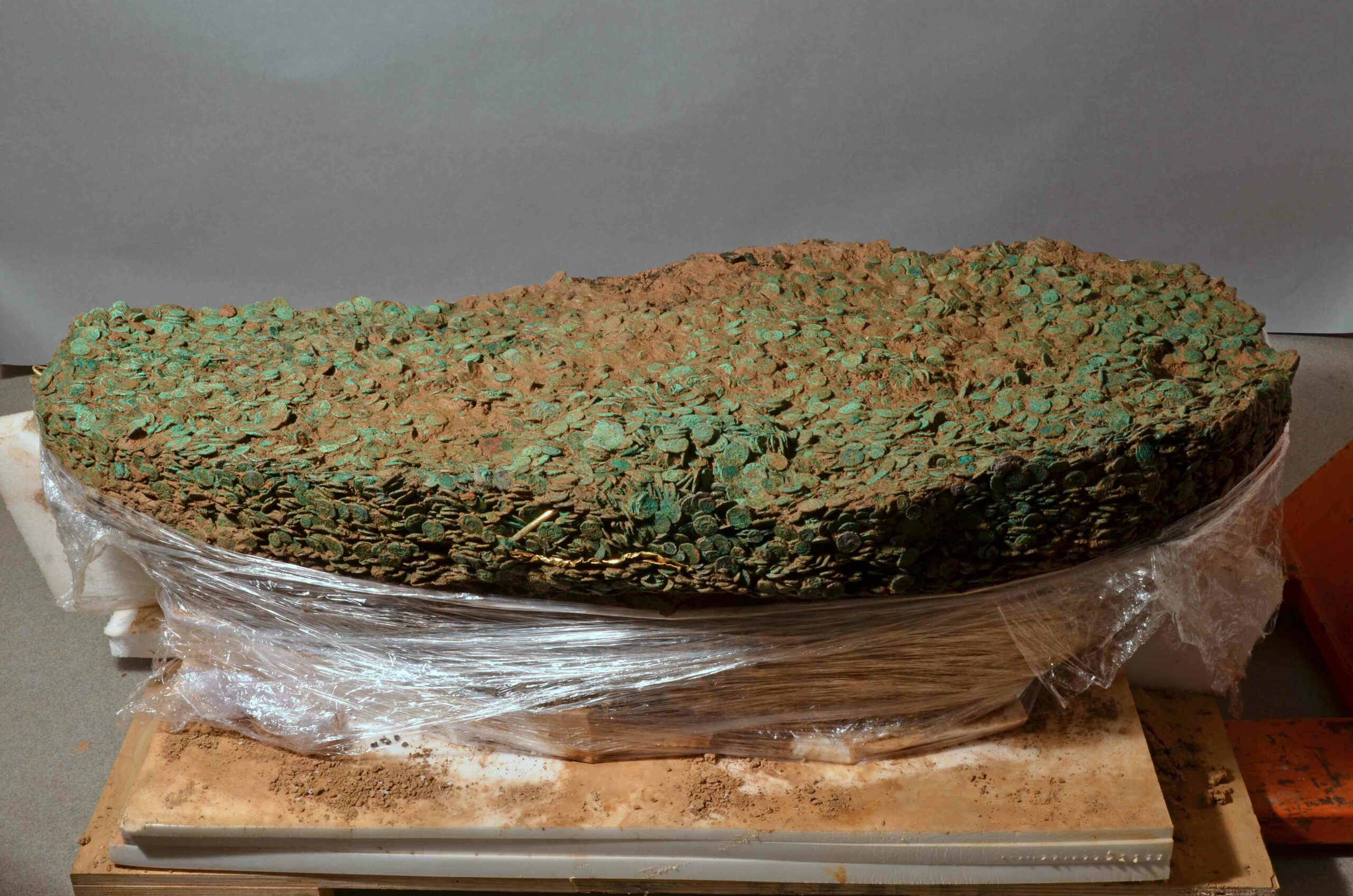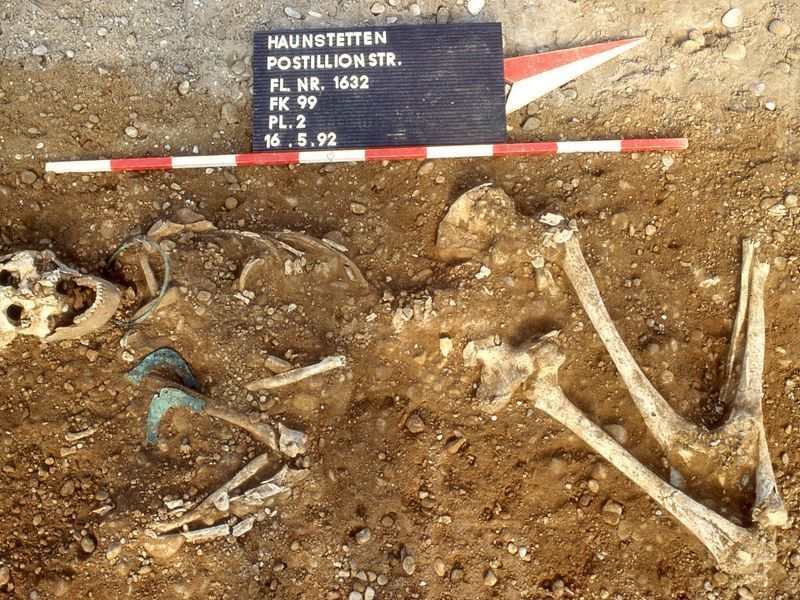
MUNICH, GERMANY—The International Business Times reports that an analysis of the remains of 84 people who had been buried in southern Germany and western Austria between 2500 and 1650 B.C. suggests that most of the women had been born somewhere else. Alissa Mittnik of the Max Planck Institute for the Science of Human History said the team of scientists examined DNA samples taken from the bones, which revealed “a great diversity of different female lineages.” The researchers also conducted an isotope analysis of the teeth, which indicated the women did not grow up in the Lech Valley, although they had been buried according to local customs. Overall, the study suggests the men lived and died in the Lech Valley, while the women had moved there from central Germany or Bohemia. Mittnikk also notes that the immigrant women could have contributed to the increase in cultural exchange seen during the Bronze Age. For more on archaeology in Germany, go to “Last Stand of the Blue Brigade.”


